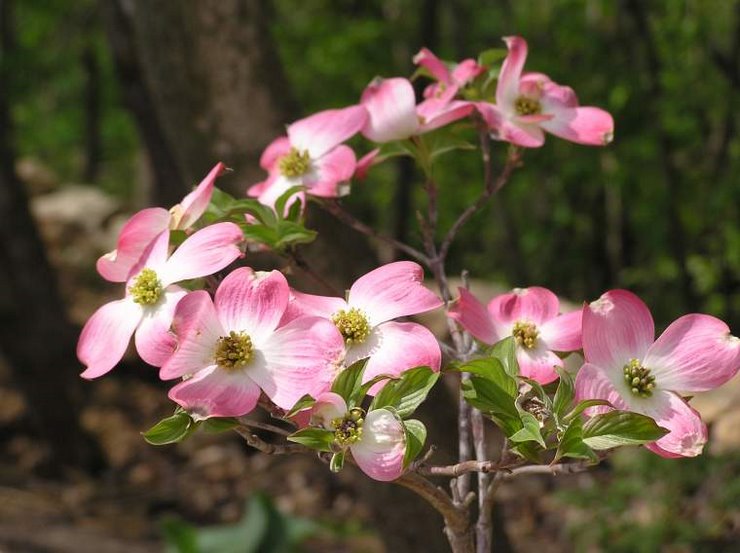Do it yourself (DIY) rustic twig chair





To give you a little background information. We have been living in the house we built since Dec 2001. The lot is one of the largest in the subdivision but about a third of it is a hill with lots of rocks and trees. To make things worse where there isn't rock it is clay soil. To take advantage of all the natural resources I have made retaining walls and a patio out of rock and some trellises out of the sticks/twigs/branches that we have an abundance of. I thought I would share my 2nd piece of furniture that I have made. The first was going to be a chair but I made it too tall and wide but not deep enough. So I converted it into a bakers rack. There will be another post later on this.
I first got the ideal while going through my sisters Gardening How-To magazine and it had a project on how to make a Rustic Twig Chair. The issue was the Sept/Oct 2006 issue. Here is the web site http://www.gardeningclub.com/. Now their chair is done without the twigs overlapping and it looked more refined. For me it was easier to connect the twigs if they overlapped. I also changed the dimensions. I was planning on having the chair setting on the ground and figured when you sat on it they would sink into the ground and the legs would rot first.
Here is the list more or less of what you would need.
.
2 back posts 1 and 1/2 to 2 inch in diameter and you can use what ever length you would like. I wouldn't go any shorter than 48" or longer than 72"
.
2 front posts same diameter as above and 24" long
.
4 rungs to attach to the front and back posts 23"
.
4 rungs for the sides at 20"
.
Deck screws 2 and 1/2 inch long and 1 and 1/2 inch long
.
Several misc pieces to help secure the chair.
.
Step 1:
Look at the 3rd picture from the top. Here I am assembling the front section. I attached the first rung 5" from the bottom and attached the top rung 3" from the top. See completed front section in picture 4.
Step 2:
Look at picture 5. Again I attached the bottom rung 5" from the bottom and attached the top rung at the same distance as the top one on the front section. This is where if you are very particular about measuring you might not like my directions. All I really did was lay them side by side making sure the bottoms lined up and eye balled where they should go. When you overlap the rungs with the front and back posts let them run past by about 3/4".
Step 3: Attach the front and back together with the side rungs. I put the side rungs on top of the rungs attached to the front and back panel. You can see that best in the last picture which is a side view of the chair.
Step 4:
Add pieces to the back of the chair as shown in picture 6. These can be any length and to me the more bends and knots the twig has the better. These can be from 1" to 2" in diameter. I would go to small or you might compromise the stability of the chair.
Step 5:
Add a piece to the side of the chair as seen in the last picture. You could add two pieces of wood for extra stability.
Step 6:
Next I bought a treated 1X4 board from one of the big box stores and cut it to fit on the seat. I plan on having a pillow to sit on but if you don't have one you will be able to sit without hurting your rear end. You can see what this looks like in picture 2. I also added a couple of round wooden balls to the top of the front posts. I would say this is optional. I thought it added the finishing touch.
Step 7:
Sealing your chair to make it last longer. I have sealed it with a Miniwax product that is for outdoor use. Not sure how it will hold up. I can let you know next year at this time. I would suggest using something and you will probable have to reapply it every year or so but that is just my guess.
Step 8:
This one I have not added due to the fact that it was raining the weekend I put this together. You will also need to add a cross piece to the back to lean against and hold the back post together. I will try and add a picture when this is done.
.
As you can tell I haven't mentioned picture 1. Well that is the chair that turned into a bakers rack. More on that in the future.
.
I think the most important thing is to use your imagination when choosing the wood. As you can see I didn't pick the straightest for smoothest branches but to me that adds more character to the piece. But above all have fun. If you need more detailed instructions I am sure you can find them on line. I did this project by the seat of my pants and just used the measurements from the Gardening How-To magazine as a guideline and adjusted it to fit what I thought I needed.






No comments:
Post a Comment